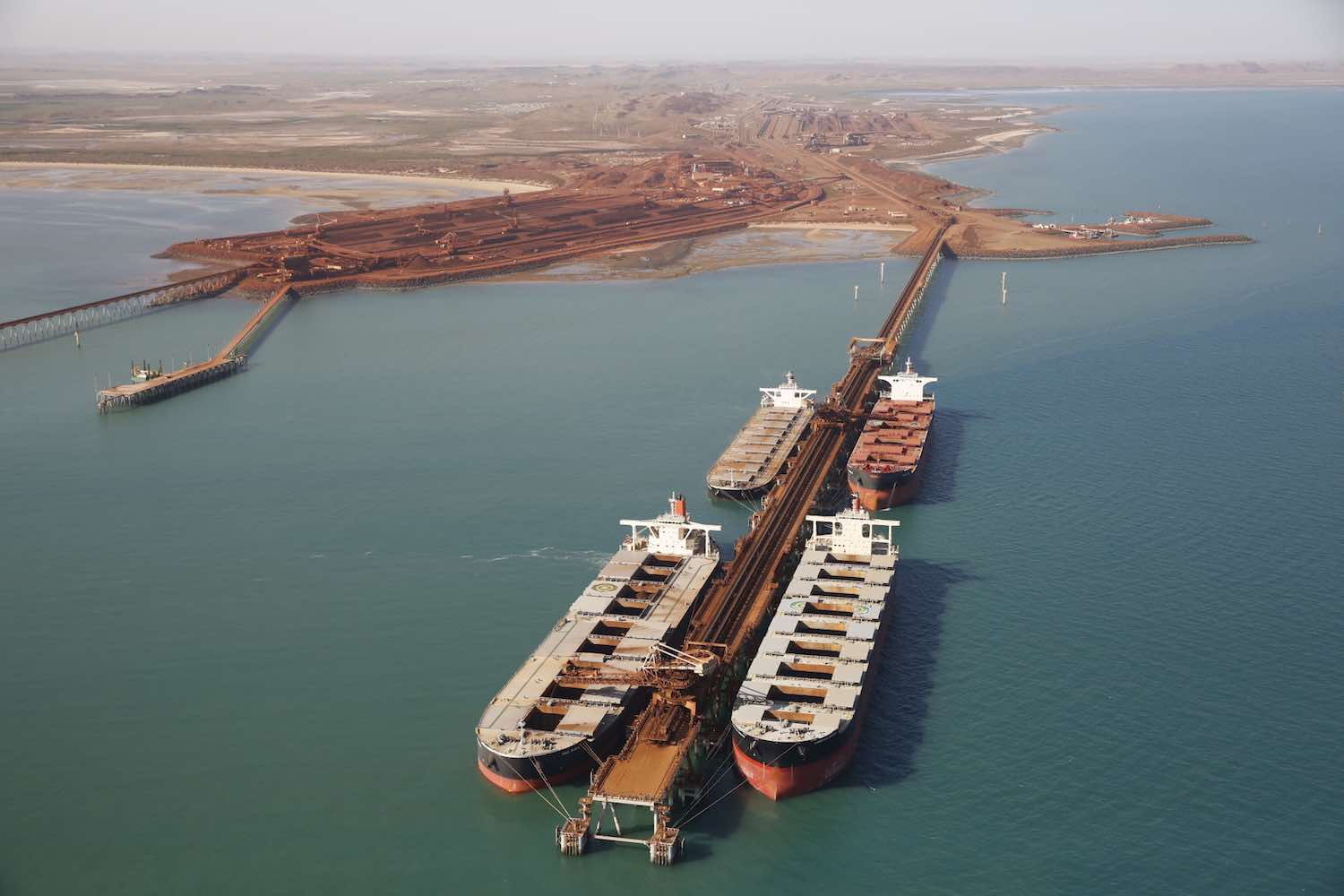
The science of climate change dates to the 19th century when scientists such as Fourier, Foote and Tyndall identified carbon dioxide (CO2) as one of the trace gases responsible for:
The reason why CO2 matters is because of how air molecules interact with electromagnetic radiation. A CO2 molecule has many modes of motion and some of these modes create asymmetrically charged dipoles that interact with electromagnetic radiation, particularly in the infra-red part of the spectrum. Other common molecules such as oxygen (O2) and nitrogen (N2) have fewer modes of motion. These molecular dipoles created by CO2 may be small, but they have far-reaching influence. In this article, Global Road Technology unpacks the science of climate change in the first article of our climate change article series.
The first quantitative account of the impact of rising CO2 on temperature was by Svante Arrhenius. In his experiments he discovered that any doubling percentage of CO2 in the air would raise the temperature of the earth’s surface by 4°C and if the carbon dioxide were increased fourfold the temperature would rise by 8°C. Arrhenius’s non-obvious prediction needed intervention from Angström who repeated a variant of Tyndall’s experiment varying the amount of CO2 in the tube and showed very little change in infrared absorption. This became the basis of the “saturation” argument, which is still surprisingly popular today. In 1955, Gilbert Pass noted “the CO2 theory” had been criticized because of the CO2 saturation argument and strong absorption of infra-red radiation by water vapor. He correctly observed that at altitudes from which radiation escapes to space, above the humid lower atmosphere, CO2 is the dominant greenhouse gas and absorption is not saturated. Data from space has shown that change in outgoing spectrum after correcting for impact of temperature, reductions of about 1.5°C in wavelengths affected by CO2.
What we have learned about the enhanced CO2 greenhouse effect:
To understand how global temperatures respond we need a climate model. Evidence shows that you don’t need a very complicated model to make a successful climate prediction. In a 1977 research publication, Nordhaus observed global average temperatures pre-1977 over a normal range of variation in given climatic regime. He went further to predict post-1977 global average temperatures which showed how an increase over time. In the simple climate model, it is postulated that there is radiative forcing due to emissions to date of CO2, methane, nitrous oxide and aerosol precursors, there is a certain fraction of that that is taken out due to observed warming and the rest remains to increase the heat content of the climate system. Most energy shows up in oceans and most heat accumulates in the upper ocean. All estimates of climate system properties involve a combination of observations and modelling.
The global carbon cycle consists of reservoirs and flows. Land and oceans are currently taking up carbon at a rate of about 20 Gt CO2 per year. Anthropogenic emissions from fossil fuels, industry and land use change are 42 Gt CO2 per year. Oceans contain 10 times as much dissolved inorganic carbon as total available fossil fuels which seems inexhaustible. So, if we reduce emissions by 50%, will atmospheric concentrations stop rising? Sadly, NO. The “contraction and convergence” model of climate change mitigation policy was first advocated in 1990 by Aubrey Meyer. 18 years later, Manmohan Singh wrote:
“Long-term convergence of per capita emissions is… the only way equitable basis for a global compact on climate change”
We note the Revelle Factor as key to answering why CO2 concentrations won’t revert to pre-industrial after emissions cease and these are the reasons:
In conclusion
We can expect the impact of CO2 emissions to persist for a remarkably long time. CO2 levels are rising to levels not seen in over 20 million years. Atmospheric oxygen and carbon isotopes indicate recent CO2 increase is created by combustion, not simply released from oceans or by volcanism. CO2 is predominantly coming from land-use changes, gas, oil and coal. Plants and soil are absorbing some additional CO2, but the land sink is predicted to weaken as temperature rises. Let us continue the conversations and in our next article we pose the question, “What happens if we freeze CO2 concentrations?”
Your feedback is important to us. If you enjoyed reading this Global Road Technology industry update and found it informative, please let us know by leaving a REVIEW.
References:
Are environmental regulations, health and safety concerns or potential profit loss a concern right now?
Contact Us Now